Worried about crashing insect and bird populations? Create habitat for them. Planting native plants—the types of plants that native insects and birds evolved alongside—restores the ecosystem that supports these critters and us.
In early 2022, after reading Doug Tallamy’s best-selling book, Nature’s Best Hope, I started planting natives, beginning with what had been a front lawn, decimated by years and years of drought. See below for how front yard looked back in 2021, a few months before I rolled up my sleeves.
See below for today! The artichokes in the background are not native but they are tasty. All other 24 varieties of plants in the yard are native and I’ve planted multiples of many of them.
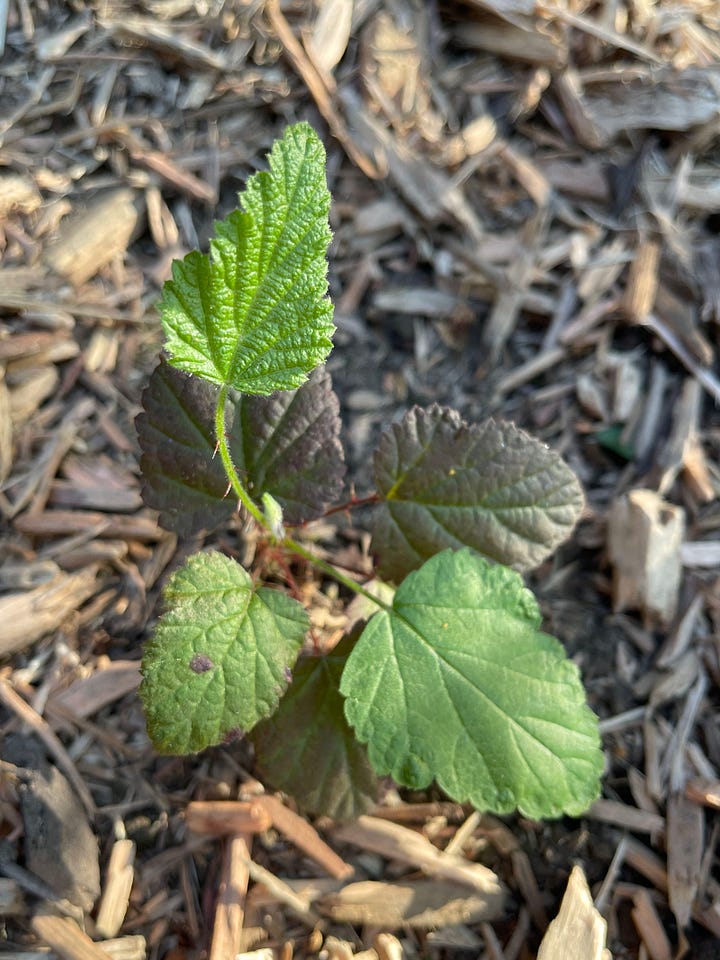
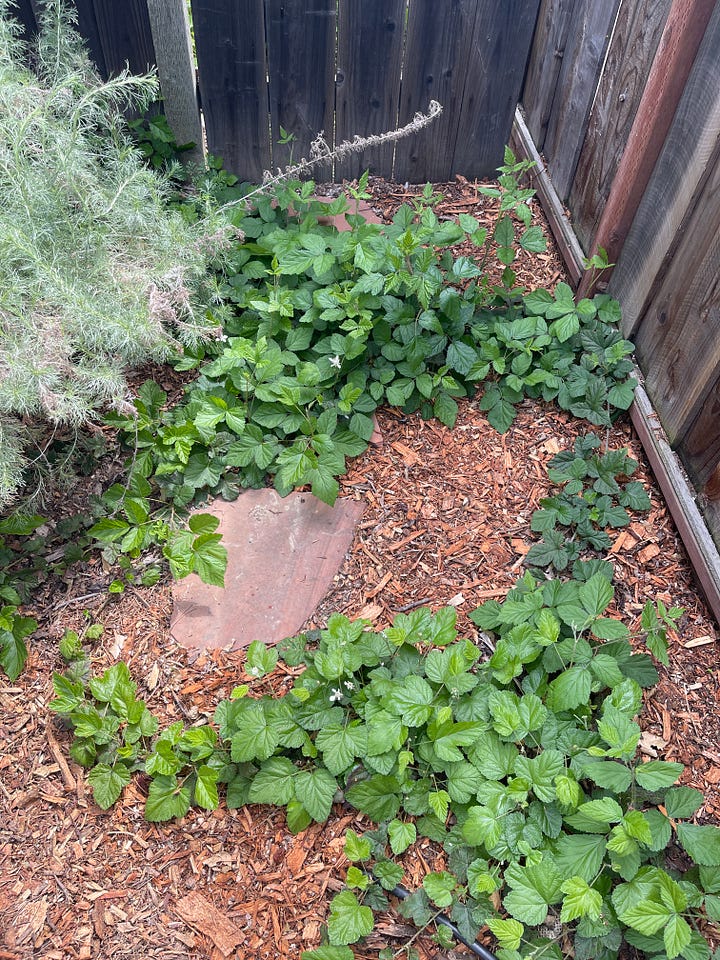


Unpaving paradise
In 2022, we also began to tear out concrete in our backyard and planted natives in soil that had not seen the sun for decades.
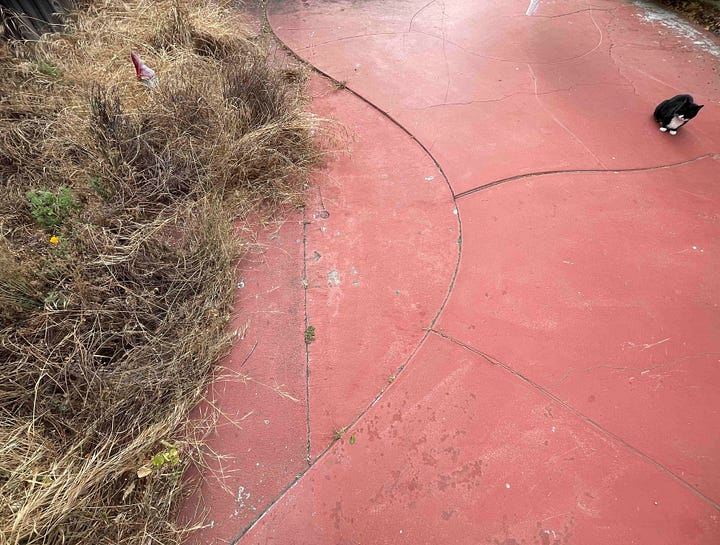
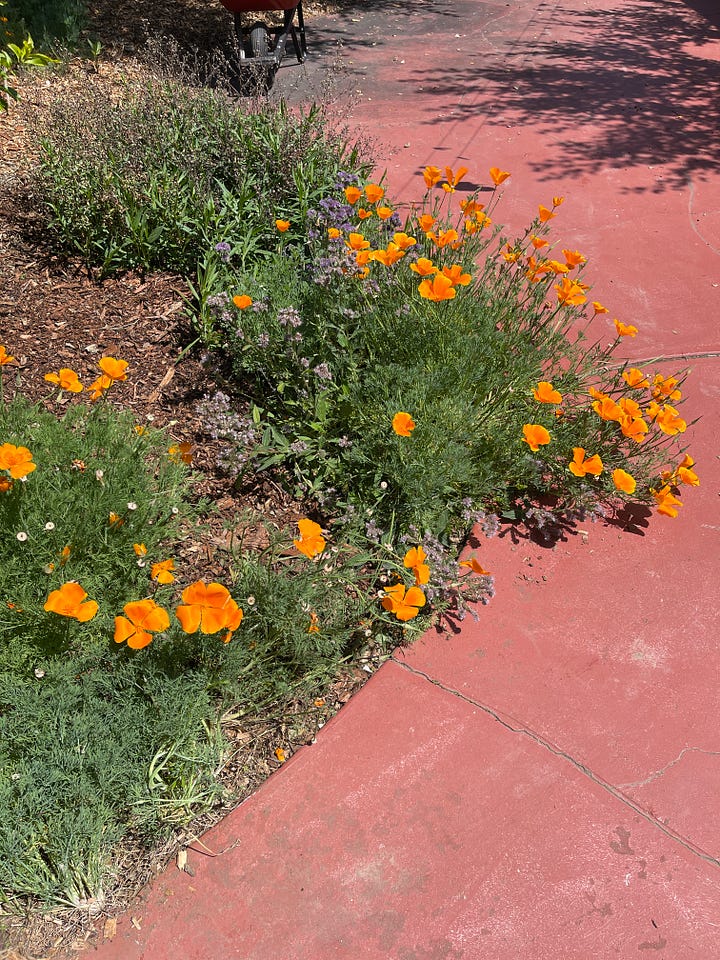
Planting on a budget
Rebates
Your city may offer rebates to help cover the costs of converting part of your yard to a pollinator garden. In my county, the water utility provides generous rebates for planting drought-tolerant plants, a large portion of which are native. Check out your city’s website or call city hall to ask about rebate programs. Do this before you start the work! The city may send someone out to your property to measure the square footage of the proposed spot before you begin. They will likely also want before and after pictures.
Free plants
Most of the small plants I buy from the native nursery cost between $8 and $12. But I get lots for free. Two native plant enthusiast friends have each given me several plants. Some of those were spreaders (yay!).
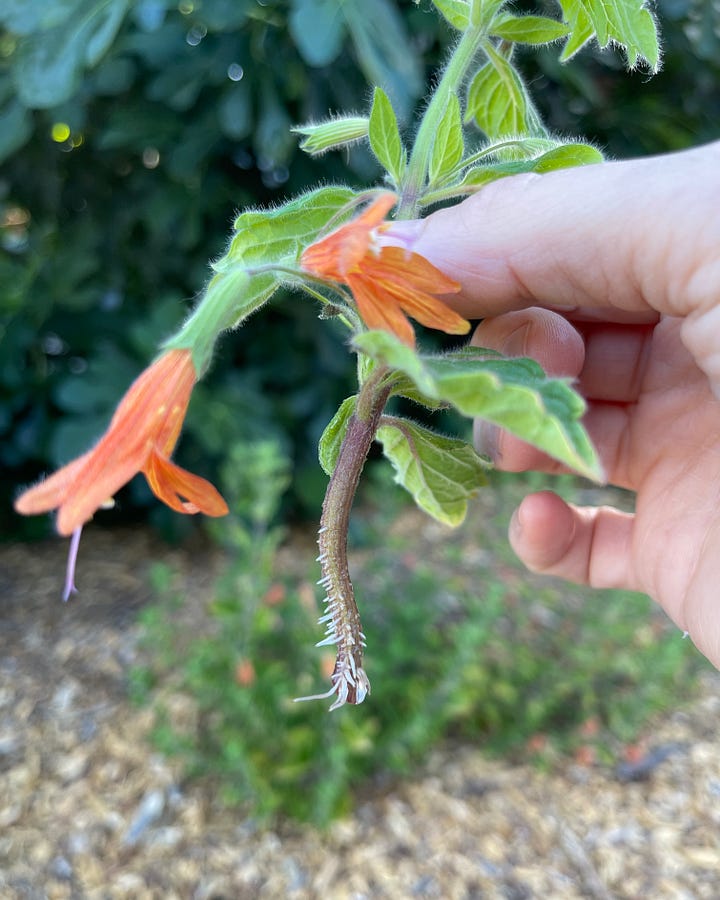
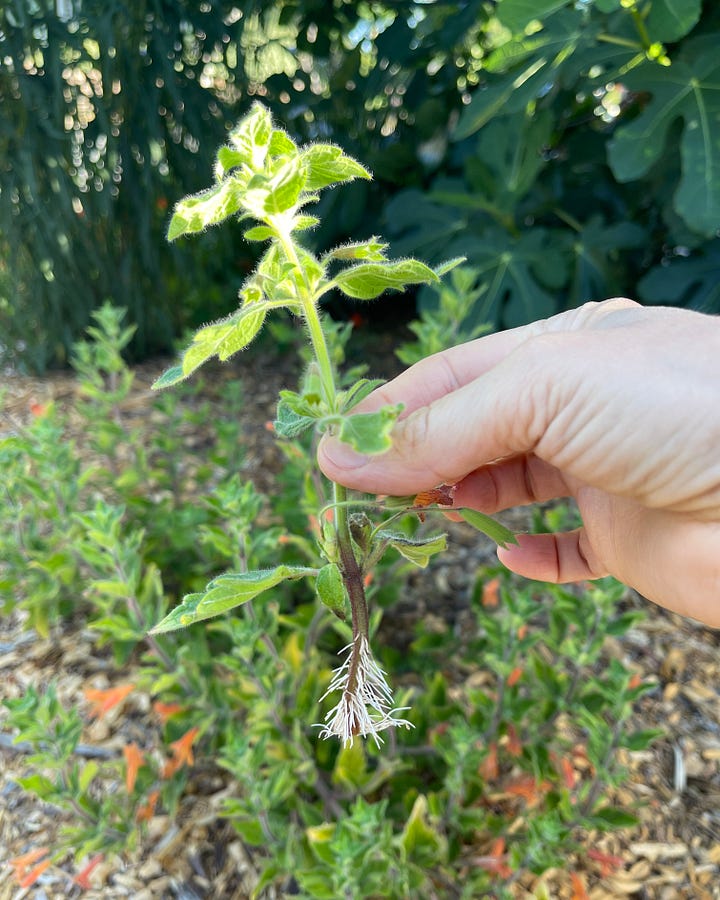
Propagating plants also saves money—and serves as an insurance policy. Our monkey flower savory plant (above) died over the winter. Luckily, last summer, I snipped a piece of the then live and thriving plant, plunked it in a jar of water, waited for roots to sprout and planted my cutting in a different location, where it has flourished. This summer, I’ll propagate another couple of pieces and plant monkey flower savory in new locations.
I didn’t need root hormone for the monkey flower savory. Part of the mint family, it propagated easily—but not all plants in the mint family do. I tried the same trick with coyote mint and, sadly, my cutting wilted and died.
DIY
Part of me would like to pay a professional to finish the yard and have it look, well, professional. But the other part of me hates spending money and also enjoys the free therapy that gardening provides. If you detest gardening or physically can’t do it and have the cash to spend, by all means, hire someone!
I’m obviously no master gardener. Our yard—a work in progress—looks pretty wild. But the insects and birds the space now attracts do not care if it looks Instagram-worthy or not. I planted these natives for them after all. They do so much for us.
Bookstack
Doug Tallamy’s books changed my life—and the life in my yard! I look forward to reading his latest, How Can I Help? Saving Nature with Your Yard.
From Bookshop.org: “In How Can I Help?, Tallamy tackles the questions commonly asked at his popular lectures and shares compelling and actionable answers that will help gardeners and homeowners take the next step in their ecological journey. Topics range from ecology, evolution, biodiversity and conservation to restoration, native plants, invasive species, pest control, and supporting wildlife at home. Tallamy keenly understands that most people want to take part in conservation efforts but often feel powerless to do so as individuals. But one person can make a difference, and How Can I Help? details how."





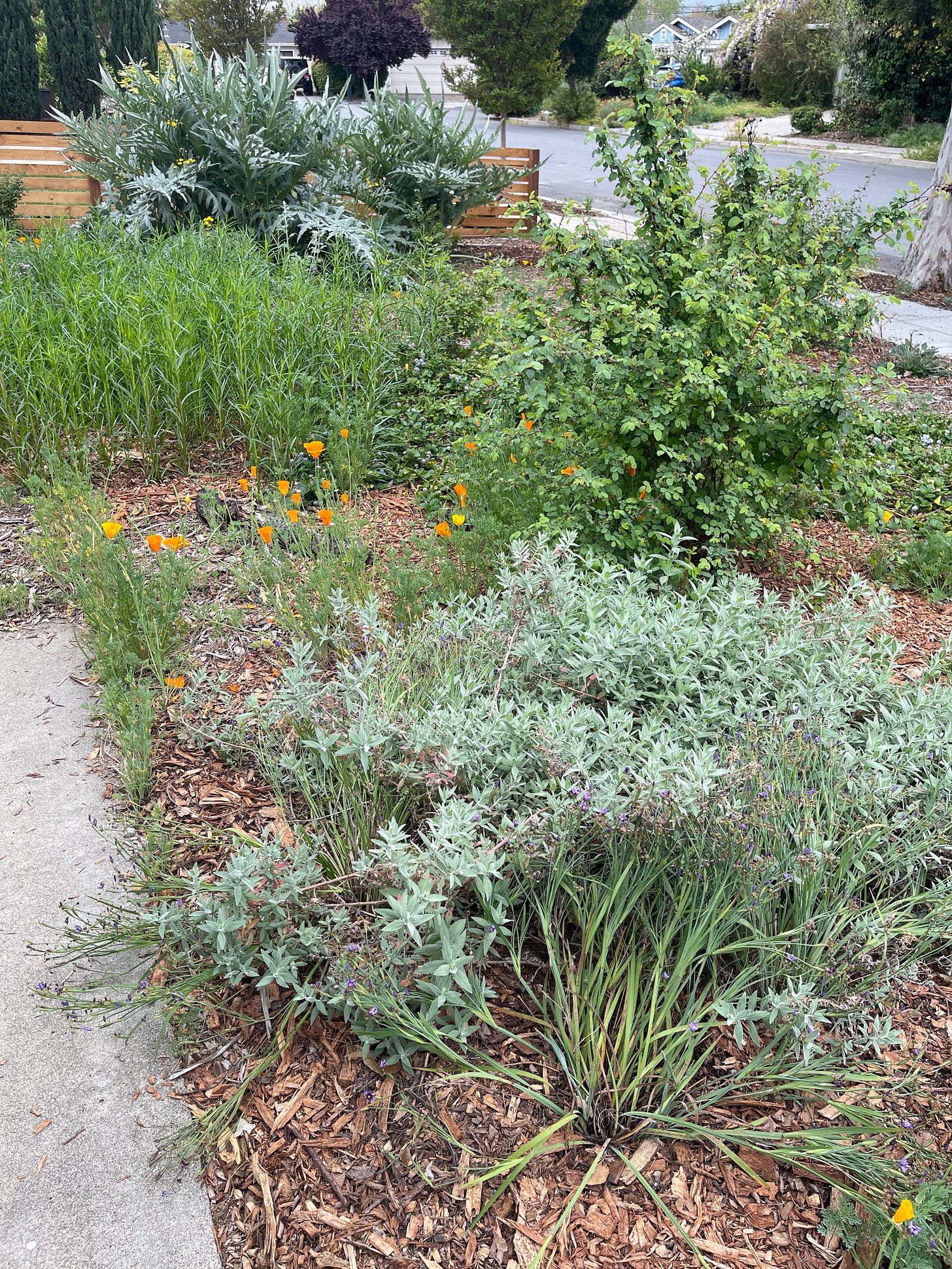
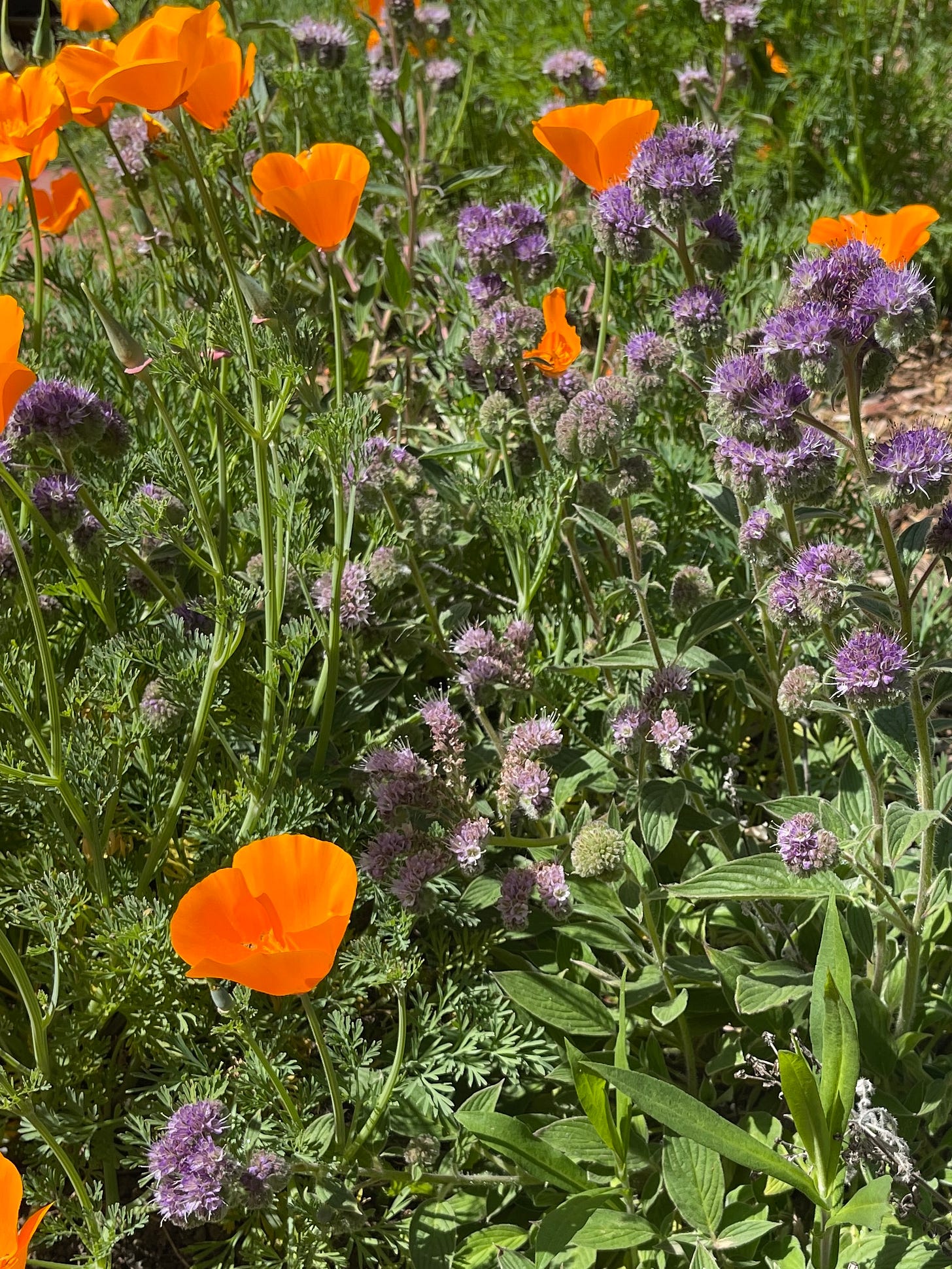


Thanks for sharing your ideas that's awesome. We try to think free first. Meaning we can find stuff like elderberry or raspberries growing in fencerows that can be dug and transplanted.
This is my DREAM YARD